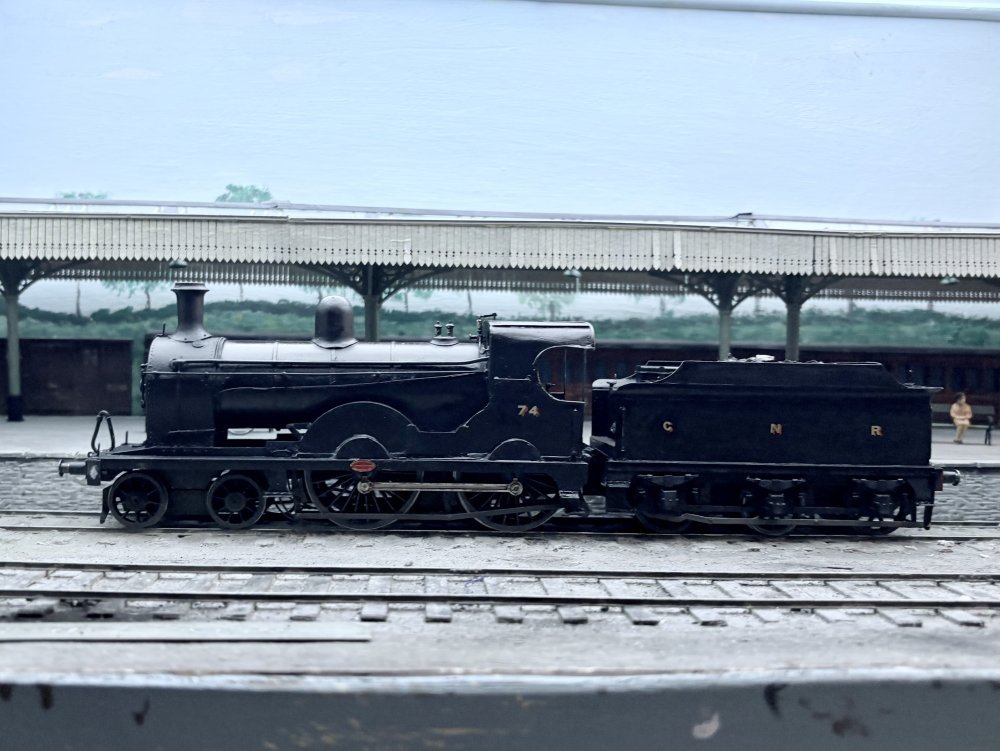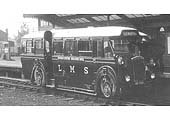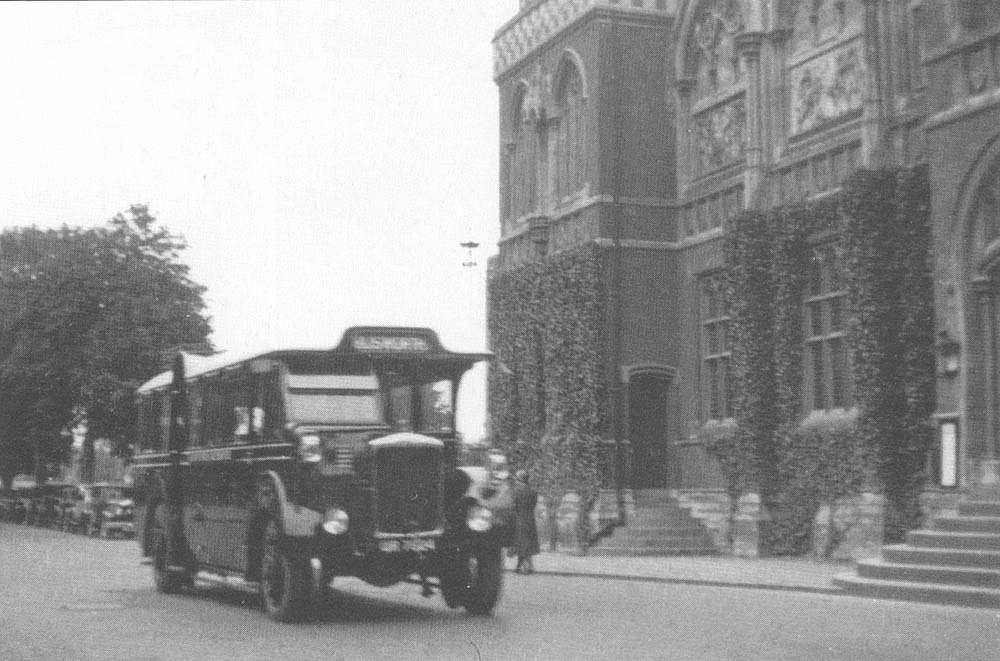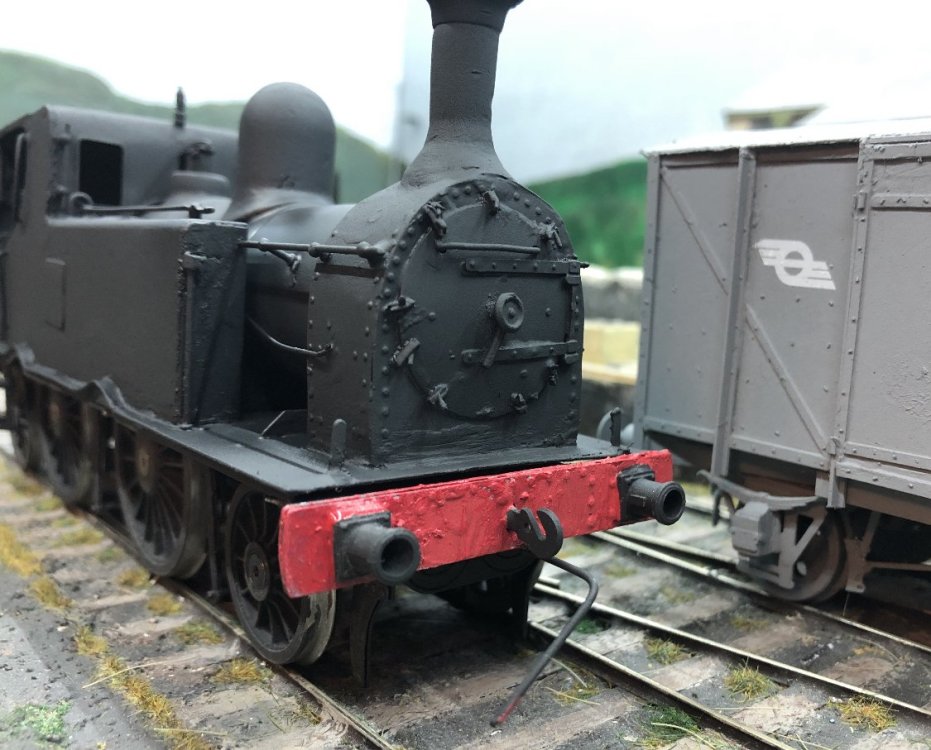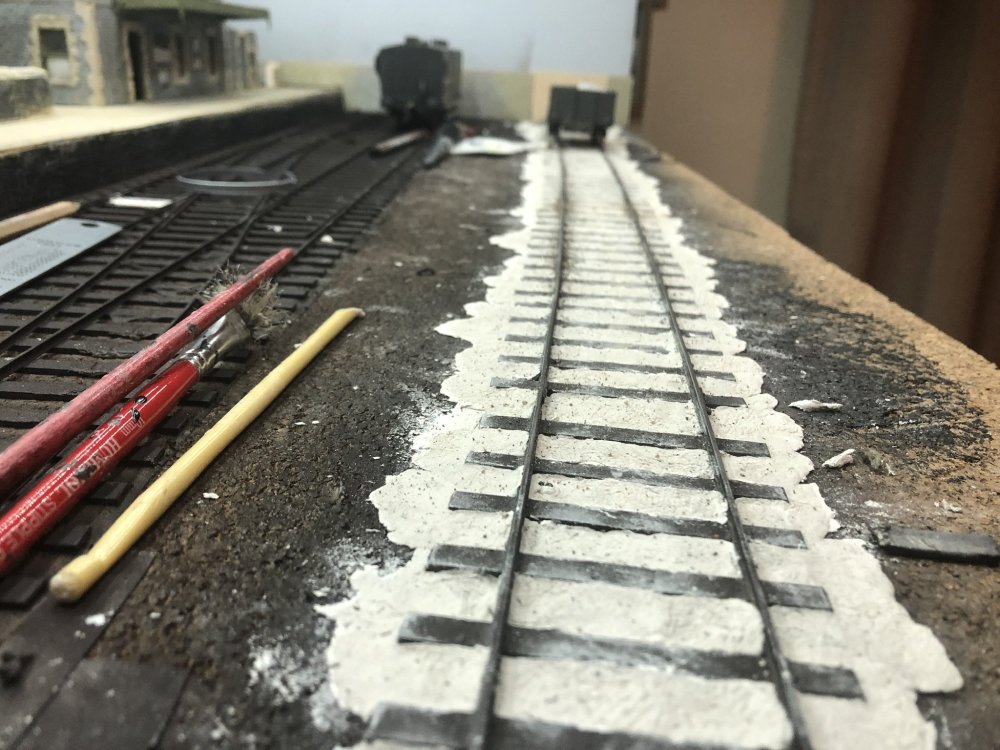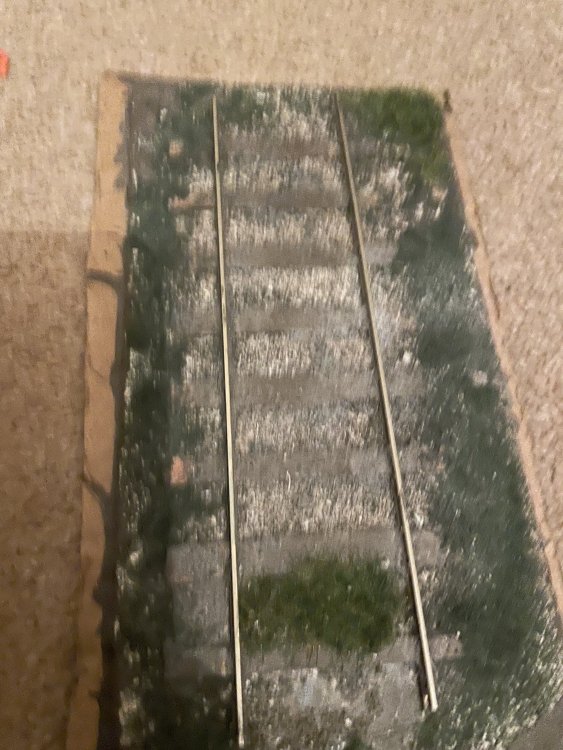-
Posts
4,643 -
Joined
-
Last visited
-
Days Won
59
Content Type
Profiles
Forums
Events
Gallery
Everything posted by Galteemore
-
Excellent news - well done! Halfords grey plastic primer or its equivalent will do just fine.https://www.halfords.ie/motoring/paints-body-repair/primer/halfords-primer-grey-500ml-473116.html
-
I am currently sitting about half a mile away from Aston Hill, after which the cars are named. But even a DB7 can’t match a WLWR maroon beauty:….
-
I did caveat it with ‘GN’, Jb….although in truth, I suspect the most impartial analysis, comparing designs on a wider global canvas, would say Ireland’s finest designs of all came from J G Robinson at the WLWR before the Great Central poached him.
-
There are those who believe the QL in its original form to be the GN’s most elegant design. It’s an argument with some merits…
-
Looks like photographic grey - a Victorian practice to ensure that the detail of a locomotive stood out in its official works portrait. The actual in service livery would have been green like this…painting on my office wall!
-
And the full range is here…..http://www.studio-scale-models.com/TVehicle.shtml
-
Here, I’d say….,http://www.studio-scale-models.com/img/VB3.jpg
-
It’s one of the reasons I sell everything off periodically when I have changed scale. German HO, UK N, Japanese N, British O all have come and gone from my shelves. 36.75 seems just right - there are hardly any kits to buy and I can work at my own glacial pace with it….
-
Or the 1931 LMS Ro-Rail which could switch from rail to road use in the course of a journey https://www.warwickshirerailways.com/lms/lms_ro-railer.htm
-
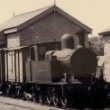
Das Clay for surface areas e.g. depots and roads
Galteemore replied to dave182's question in Questions & Answers
And if you want ‘gravelly’, also worth looking at Gravett…..https://wildswanbooks.co.uk/Books/Modelling-Grassland.htm He’s a chinchilla advocate too. -
Excellent- I have a small pack of Lincs couplings not made up and I have been pondering whether to persist. The Lincs coupling is somewhat obtrusive (here is 42 during construction) in appearance and the Dingham has the simplicity of fitting in the buffer beam…..
-
Never stood a chance. My dad was RPSI treasurer and we lived 5 miles from Whitehead…..early photos show me in a pram beside 171. I was also introduced to a variety of classic Irish modelling in O gauge, and spent time in various signal cabins etc. The house was chock full of railway paintings and books. In those days my dad still had his collection of staffs, signal box diagrams and tickets, with shoeboxes full of his 1960s photos. I always liked the huge GNRI crest on the wall - with its cheery skeleton…. Once I was old enough to walk, I was enlisted into RPSI sales….much of my childhood was spent flogging pencils and badges. Much later in life, haggling in the bazaars of Asia posed no fears as a result!
-
Very clever idea re the rivet template….better than my scribed lines
-
Indeed they have. Dinghams now available here: https://www.gaugeoguild.com/onlinesales/default.aspx?scid=8 I am tempted to try them….
-
Excellent Ken. Proper Cameo layout territory now.
-
I think you’ve just written JHBs epitaph….
-

Irish Railway Models A Class Re-wheeled to 21mm
Galteemore replied to JohnMcGahern's topic in Irish Models
Great work Brendan. Another vote for NIL from me. It’s a brilliant resource which includes many fine Irish modellers who don’t post on here. When I sold my 3’ layout this week, I also gave the young purchaser a back copy of NIL to encourage him to sign up! -

Das Clay for surface areas e.g. depots and roads
Galteemore replied to dave182's question in Questions & Answers
-

Das Clay for surface areas e.g. depots and roads
Galteemore replied to dave182's question in Questions & Answers
Take your time and build it up gradually. Use a coating of PVA on the baseboard surface to help it adhere. -
Excellent. It’s just so rewarding to see that 5’3” appear before your eyes, isn’t it? I still have my first effort !
-

G Farish Black5 tender pickup query_TDR hunslet build
Galteemore replied to Pete00018's question in Questions & Answers
Hi Pete. Can only answer from my experience with a Farish compound of similar vintage, and which was fine with this. Can you put the loco upside down and just test the wheels with a wire on each side to double check ?- 2 replies
-
- black 5
- tralee dingle hunslet
-
(and 2 more)
Tagged with:
-

Irish Railway Models A Class Re-wheeled to 21mm
Galteemore replied to JohnMcGahern's topic in Irish Models
Either. Always good to hear from 5’3 folks on here ! Is that your real name - or are you a fan of the great novelist ?! -

Irish Railway Models A Class Re-wheeled to 21mm
Galteemore replied to JohnMcGahern's topic in Irish Models
awesome stuff. May we see more please ? -
By a WT class by the looks of it
.png.c363cdf5c3fb7955cd92a55eb6dbbae0.png)
